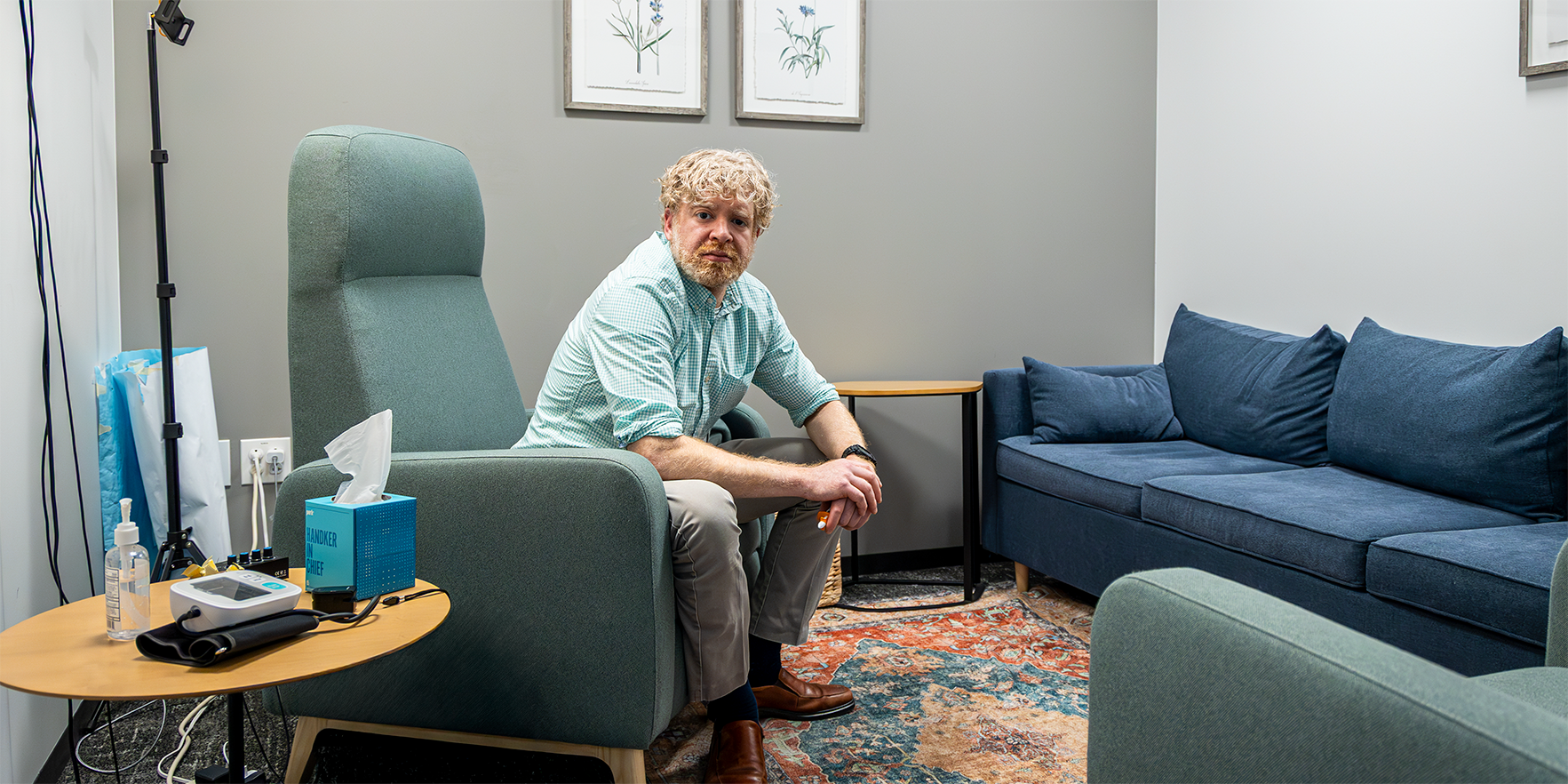What is the ulnar collateral ligament (UCL) in the arm?
A ligament is the tissue that connects one bone to the other. You've got two bones in your forearm and one bone in your upper arm. The UCL is basically the ligament that holds those bones together on the inside part of your elbow.
And if you think about throwing with the ball in your hand, you could see how the inside part of your elbow, the leading part of your elbow, would want to get pulled apart by the weight of the ball.
So biomechanically what’s being damaged is from the natural process of throwing the baseball?
Exactly, repetitive stress.
What is Tommy John surgery?
Tommy John was a pitcher who had a long, 26-year career. While he was with the Dodgers in the mid-1970s, he tore his UCL. Frank Jobe, who was a longtime baseball physician out of California, was the first one to recognize that the reason John’s elbow hurt is because his UCL was torn. Jobe attempted to reconstruct that ligament. What we do in Tommy John surgery is typically take a tendon either out of the forearm or out of the leg and then use that tendon to basically rebuild a new ligament. Previously, this injury would often end a baseball player’s career. After sitting out a full season, John returned to pitching and had a long career, all the way until the end of the 1980s.
What is the recovery window for Tommy John surgery?
Well, the good news is it is the best arm surgery we have for the thrower. The bad news is full recovery still averages about 14 months at the major league level. Now there are some cases where we can repair it and those recoveries are quicker – about nine months. However, those are cases where instead of having to actually put new tissue in and make a new UCL, the ligament is pretty healthy and just tears at one end.
What other treatments are available beyond UCL reconstruction through Tommy John's surgery?
Milder tears can effectively be treated without surgery, and the ligament can heal. Sometimes what we'll do to augment healing is inject the ligament with what's called PRP – platelet-rich plasma.
PRP involves drawing some of the person's blood, putting it in a centrifuge, spinning it and then you can extract growth factors out of the blood. Then you inject those growth factors into the ligament to augment healing.
Then there is an internal brace. Basically, if you do a repair, it seems to be helpful if you also take what effectively is a very, very strong piece of suture and you anchor that to the two bones that span the ligament, and it serves as a reinforcement for the ligament – just to allow it to heal better. It's hard to imagine that piece of suture holds its biomechanical strength forever, but it certainly seems to help when we do the repairs in the ligaments.
As a physician treating players, is there a rule change to baseball that you would suggest to better protect players elbows?
I think we should be open to suggestions. From rethinking the strike zone with the data available from Statcast, to more aggressive ones like changing mound heights. We’ve seen new rules like the pitch clock be tested in the minor leagues, so there is a recent history of experimenting with rule changes to improve the sport.
Because currently the incentives aren’t there for things to change, I don’t think it’s realistic to say to pitchers, "Hey guys, if you throw hard, you're going to hurt your elbow. Their response is going to be, “I don't care. Hopefully, I won't get hurt.” They want to win, so they're going to do whatever it takes.
Is there anything that pitchers can do in terms of their delivery that can help protect their elbows?
Outside the goal of trying to optimize velocity and spin rate, there are mechanical things that can be evaluated with pitchers that lower the torque in the elbow. But even with perfect mechanics, there are numerous studies showing the harder you throw and the more you spin the ball, it puts more torque across the elbow.
But it starts before players become a professional. There is an obsession with velocity down to the lowest levels of Little League. You have kids throwing harder and harder at younger ages. I'll have 12-year-olds come into my clinic and the dad says, "Oh, he throws 65 miles an hour." We shouldn’t be using a radar gun at that age. As a result, we’re seeing a generation of kids get drafted by major league teams and look totally healthy, but if we get MRI scans of their elbows, there’s a lot of damage already done in their elbow from throwing as a youth.
I wish at the youth level there was more of an emphasis on command and not just high velocity but changing velocity. So mixing in changeups and fastballs, then adding in the other stuff as they get older. But everybody wants to win, even at a young age.
That's a key runoff effect over the years. It's challenging though, because performance is rewarded and people that throw harder and can move the ball more tend to be harder to hit it. It's challenging because it's hard to discourage somebody from doing something that's going to help their performance.
Major League Baseball and USA Baseball rolled out the Pitch Smart program about nine years ago now to better protect youth arms starting at the Little League level. Are there other steps that can be taken to protect arms at a younger age?
Alongside shifting the focus from pure velocity to command, I think further limiting the pitch count throughout the year is a good thing.
As for pitch selection, players are throwing so much harder now overall. If you look in the lab by mechanics, a fastball still shows the highest torque in the elbow. But I would tell you, I have done this for a long time, and it tends to be the players that seem at the highest risk are those throwing lots of hard breaking pitches. I do think it would be a good idea at the youth level to not allow them to throw them.
One recent pitch development has been the advent of sweepers. It’s like an exaggerated slider and curveball, and it’s a very effective pitch with a huge horizontal break. As a pitch, it’s really hard on elbows, and players are blowing up their elbows.
Another piece I think that gets overlooked is the focus on specialization in youth sports. Kids are playing one sport year-round. So as a kid now instead of playing football, soccer or basketball in the fall and winter, you are at a baseball academy throwing bullpens, adding stress to that throwing elbow. It all just adds up. There's a lot of wear on their arms throughout the year now.
Would you have a message to parents of Little League players to help them protect their health?
As a parent who has kids that play competitive soccer – I get it. You want to see your kid do the best they can.
But I always tell these baseball parents: Very few pro athletes have a history of surgeries as a kid. So if your kid is getting UCL surgery at 14, that’s not a good thing. Even if you dream that your kid is going to play MLB someday, you really need to protect their health first and foremost when it comes to sports.





